T-34. Machine by the Soviet rules
Everyone wants truth to be on his side, but not everyone wants to be on the side of truth.
- Richard Watley
Contrary to the well-established saying, the truth never lies in the middle. Under the pressure of irrefutable evidence, it shifts in favor of one or another point of view, often dissolving somewhere in the fourth dimension, beyond the limits of our understanding. The path to truth is thorny and ornate, and the achieved result is far from the prevailing ideas about the "good" and "evil" beginnings of this world.
Anyone who undertakes to unravel the phenomenon of the Soviet Thirty-Fours, tightly binds in the armor penetration tables for the F-34 and KwK 42 projectiles, the infinite figures of ground pressure, the armor slope and the maximum height of obstacles to be overcome.
After a comprehensive review of the characteristics and evidence of the combat use of Russian tankas a rule, a completely logical conclusion follows: T-34 is an uncouth steel coffin that does not possess any of the magnificent properties attributed to it.
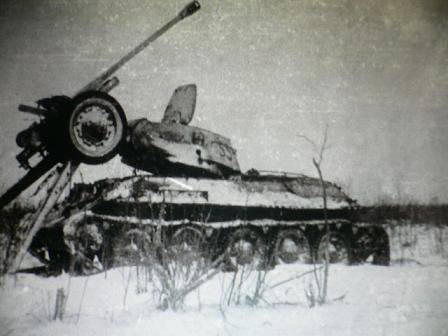
There is a ridiculous feeling that the Red Army defeated the Germans not thanks to, but in spite of the T-34 tank.
Indeed, in the initial period of the war, when a technical advantage was still maintained behind the thirty-four, the Red Army handed over the cities one after another. Already 25 June 1941, the Nazis broke into Minsk - 250 kilometers from the border in three days! The Wehrmacht did not know such advance rates even in France.
In 1944, when any of the German "Tigers" could flash through a pair of T-34 standing in a line of fire, the T-XNUMX caterpillars joked merrily on the bridge streets of European capitals, rolling a red-brown abomination into the asphalt.
Paradox?
Don't try to find the answer in the mean reference tables. In accordance with the well-known idea of the "best tank" as the trinity of armor, mobility and fire (as well as means of observation and communication, reliability of mechanisms and ergonomics of the combat compartment), the Sherman Fairfly will surely come out on top.
Did you expect otherwise? The British 17-pound cannon punched the Tiger's forehead from a distance of a kilometer, and the platform itself - the American M4 Sherman tank - corresponded to T-34 on the main TTX, surpassing the latter in reliability, mobility and working conditions of the crew.
If you do not make a breakdown into the “light / medium / heavy” classes, the German “Tiger” will enter the “Best tank of World War II” convulsively with its 700-strong “Maybach” on the pedestal. In a duel situation (T-34, EC-2, Sherman vs. Tiger), the German beast scored any opponent with a probability close to 100%. And he passed where any other tank turned into a sieve - a mad fire of "forty-five" batteries was for the "Tiger" like an elephant pellet. “Ivan throws stones” - smiled German tankers.
Maybe it is necessary to look for the answer in honest English-speaking sources?
- Norman Davies, Professor at Oxford University
Professor Norman Daves would do well to remind you that “hunting in packs of Tigers was not a priority task of T-34. According to the dry statistics of 3 / 4, armor losses on the Eastern Front occur in the fire of anti-tank artillery and explosions in minefields. Tanks are designed to solve other problems than the destruction of their own machines.
In the end, with the same success it can be argued about the “pack hunting” of the German StuG III or PzKpfw IV to the Soviet “Thirty-Four” - the Germans had no less armored vehicles than the Red Army. Modern jokes in the style of “overwhelmed with equipment and showered with corpses” - only the pre-death delirium of the liberal-democratic party
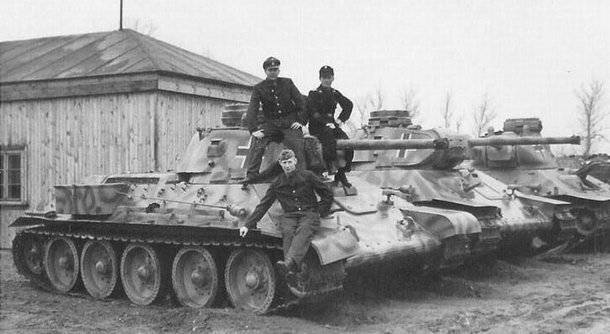
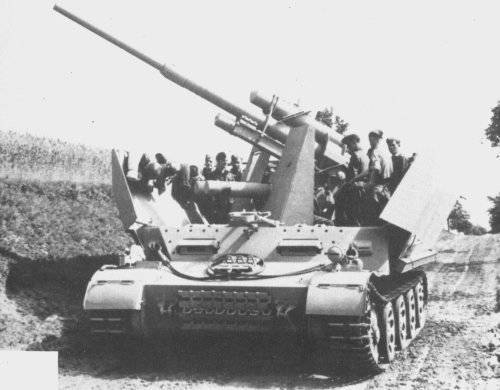
Let us leave the fantasies about the “hunting hunt for the Tigers” on the conscience of the professor at Oxford University and his comrades from the Discovery Channel. These "experts" mutter something about the rational angles of the armor plates and the lesser fire hazard of the T-34 diesel engine. Tales designed for the general public are irrelevant to reality.
The slope of armor plates makes sense, as long as the caliber of the projectile does not exceed the thickness of the armor.
It is known that the 88 mm projectile of the German eight-eight anti-aircraft gun pierced both the foil and the 45 mm T-34 inclined frontal part, and the 50 mm inclined Sherman armor and the vertical forehead of the British Cromwell tank 64 mm thick.
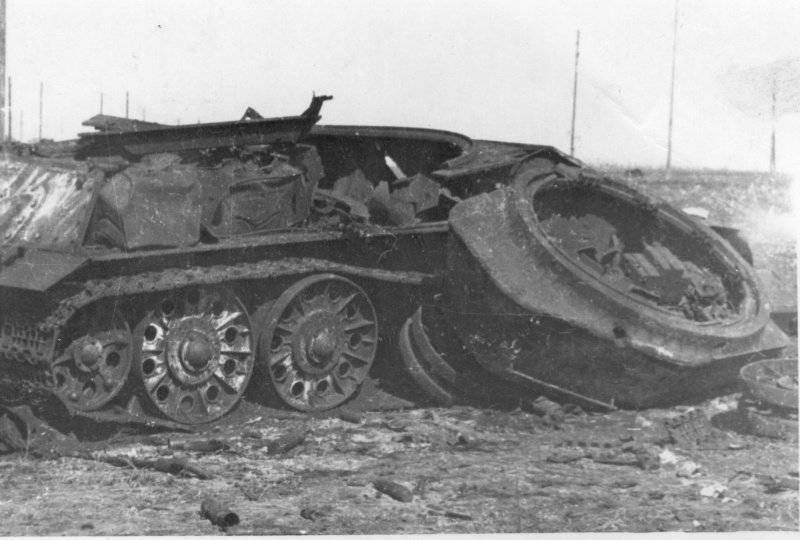
The myth of the extreme flammability of gasoline and the poor flammability of diesel fuel is based on household errors. But in real combat, no one puts out the torch in the fuel tank (a well-known trick with a bucket of diesel fuel and burning rags). In a real battle, a fuel tank is beaten with a red-hot pig, flying at two or three speeds of sound.
In such conditions, the thickness of the armor and the location of the fuel tanks become important. Alas, the armor of the Second World War was not distinguished by a high level of fire safety - often the fuel was stored directly in the fighting compartment of the tank.
With the "experts" channel "Discovery" everything is clear - their task is to make a bright show, not really going into the details of tank battles. Discovery was unable to indicate the true reason for the popularity of the T-34 tank, however, it stubbornly puts the Russian car in first place in all its tank ratings. Thanks and on this one.
The real American military, those who directly tested the T-34 at the Aberdeen Proving Ground in the fall of 1942, made some ambiguous evidence defaming the honor of the “best tank” of World War II.
In heavy rains a lot of water flows through the cracks into the tank, which leads to the failure of electrical equipment ...
Close fighting compartment. The electric motor turning the tower is weak, overloaded and sparks terribly.
Tank recognized low-speed. The T-34 overcomes obstacles more slowly than any of its American counterparts.
The reason is a non-optimal transmission.
Welding armored plates T-34 rough and careless. The machining of parts, with rare exceptions, is very bad. The ugly design of the backstage gear - I had to disassemble the knot, replacing the backstage with a part of our own design.
The same positive points were noted:
Powerful and reliable gun F-34, wide tracks, good maneuverability, and even such a rare, almost unknown to the general public, fact, as a large height overcome wall. In contrast to the "Sherman" and the German tanks with the front of the transmission, the "thirty-four" transmission and, accordingly, the leading sprocket caterpillars, located in the rear of the tank. This allowed the T-34 to climb the front of the track to a higher ledge (the diameter of the guide sprocket is usually smaller than that of the leading one).
There was also a reverse moment associated with the rear of the MTO - the length of the control rods reached 5 meters. The exhausting loads acting on the driver’s mechanics are low reliability - it’s not by chance that our grandfathers went into battle on one of the previously selected transmissions and tried, if possible, not to touch the capricious T-34 transmission.
How does T-34 appear as a result of this short study? Mediocre "average" with a set of positive and negative qualities. Not the most successful design, incompatible with the loud title "The best tank of World War II."
Strange, very strange. The ugly design of the backstage gear ... Scarlet flag over the Reichstag ... Who are you, the mysterious Russian warrior? How did you manage to go through a difficult path from Moscow to Berlin, defend Stalingrad and clash with the “Tigers” in a fierce fight at Prokhorovka?
How was the Victory gained, if “the welding of the body armor plates is rough and careless. Machining of parts, with rare exceptions, is very bad ”?
Perhaps the answer will be the memories of the German tankers - those who have experienced the triunity of fire, mobility and security of the Thirty-Four?
- Heinz Guderian, October 1941 of the year
“High-Speed Heinz” gave a too hasty assessment of the T-34, after a couple of days he had to take back his words:
Returning to Orel, I met Colonel Eberbach there, who also reported to me about the course of the last battles; then I again met General von Geyer and the commander of the 4 Panzer Division, Baron von Langerman. For the first time since the beginning of this intense campaign, Eberbach had a tired look ... "
- Heinz Guderian, October of the same 1941 of the year
Funny. Why is it that Guderian changed his mind so radically? And why did the brave Colonel Eberbach have a “tired look”?
October 7 The 1941 of the year near Mtsensk was defeated by the tank team of the Wehrmacht's 4 Panzer Division. Obnaglev from easy victories (or breathing in the Russian air), Colonel Eberbach relied on "maybe" and neglected thorough reconnaissance and other security measures. For which he immediately paid - the T-34 attack from the Katukov brigade caught the Germans by surprise. “Thirty-fours” killed the German armored vehicles crowded on the road and melted away in the evening twilight.
Trying to justify his shameful defeat, Eberbach pulled the dull melody about the technical superiority of the Russians (although the Germans had previously clicked like seeds on the Soviet mechanized corps with hundreds of first-class T-34s and KV). Stung Guderian took the point of view of his subordinates, putting all the blame for the unsuccessful operation under Mtsensk on "T-34 super tanks."
Heinz Guderian was absolutely right! Medium tank T-34 - one of the key factors on the Eastern Front, crushed German military might. But the beaten German general could not (or did not dare) to name the true reasons for which the nondescript T-34 could crush Panzervae’s tank wedges into powder.
Paradoxes of quantum mechanics
None of the German field marshals and false historians from the Discovery Channel mentioned one of the important factors directly related to the success of T-34:
When the European sky lit up the purple sunset of the war, and the indomitable steel T-34s rushed to the West, it turned out that it was easier to drop a heavily damaged tank on the bank of the Danube and order a new car from the factory than transport the damaged T-34 thousands of kilometers to Nizhny Tagil. Russian laziness has nothing to do with it. All because of the economy - the cost of the new T-34 will be lower than the cost of transporting it.
At the same time, the Fritz, drowning knee-deep in mud, evacuated the burnt-out skeletons of the Tigers and Panthers under fire. According to reports from German repair teams, many Tigers on the Eastern Front underwent rebuilding repairs on 10 and more! In simple terms: ten times the Tigr fell victim to Soviet sappers and armored soldiers, and each time the Germans rebuilt a battered metal pile - throwing a super-tank worth 700 000 Reichsmark in the battlefield was considered a crime even if the body without a tower remained and three skating rinks.
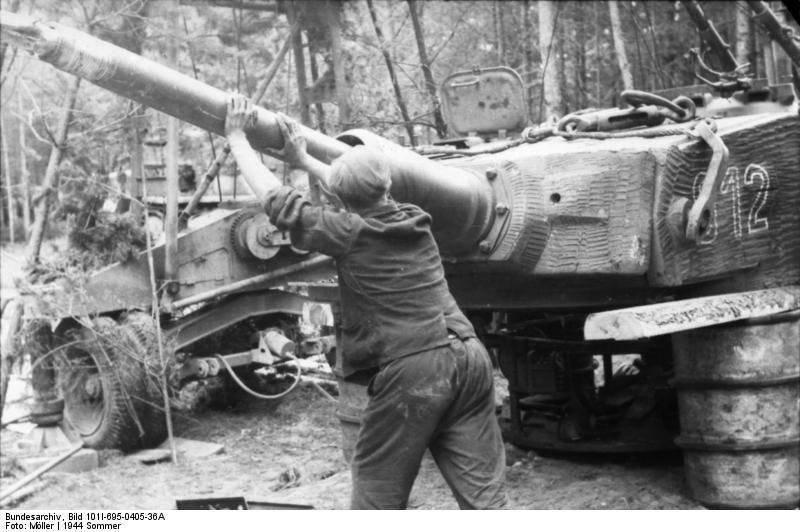
Researchers who are talking about the T-34 tank usually overlook this important feature: the “thirty-four” cannot be viewed separately from the Red Army, the conditions of the Eastern Front and the state of Soviet industry as a whole.
"Thirty-four" was created as the best tank in the world. And he was undoubtedly the best in the initial period of the war! The design solutions put into the tank shocked the testers with their boldness from the Aberdeen Proving Ground - the T-34 possessed all that the super-tank in the American view had to possess. The high combat capabilities of the T-34 could not spoil even the poor quality of performance - behind the carelessly treated surfaces of the fighting compartment and the sparking electric motor of the turret rotation, the outlines of a stunning combat vehicle were visible.
Strong armor, enhanced rational tilt of armor plates. Long-barreled gun caliber 76 mm. Heavy duty aluminum diesel. Loose caterpillars. In 1942, this seemed like a masterpiece. Not a single army in the world had such a powerful and perfect tank. Alas, the true glory of the T-34 was due to other, more tragic circumstances.
Each of the warring powers created the technique based on its own conditions.
Overseas, the Yankees set up the production of excellent M4 Sherman tanks. With the beginning of the war, the giants of the American automobile industry in the blink of an eye turned into an assembly line for the production of tanks. Developed industry, multiplied by skilled personnel and an abundance of resources, gave a natural result - 49 234 Sherman tanks launched.
The Third Reich built a great variety of structures representing improvisations based on tank chassis. The Germans had their own specific view on the development of armored vehicles, and, despite all the mockery of the "giantman" and "excessive complexity" of the German "menagerie", the skilled workforce and industrial base of the whole of Europe allowed the Fritz to create really cool cars of no less than the number of Soviet T-34 or SU-76.
The Soviet military-industrial complex was initially at a disadvantage - in the first months of the war strategically important industrial areas and resource bases were lost, huge factories were dismantled and transported thousands of kilometers to a new location. Affected by the lack of qualified personnel and the general lag of the military industrial complex from the German industry.
Tank T-34 was most adapted to the conditions of the Soviet industry during the war years. The T-34 was exceptionally simple, fast and cheap to manufacture. Appear on the assembly line Tankograd any "Sherman" or "Panther" - and the Red Army could experience a serious shortage of armored vehicles.
Fortunately, the main Soviet tank was the T-34 - despite all the difficulties and lack of labor, the factories drove to the front endless streams of the same type of combat vehicles.
Time flowed inexorably. By the end of 1943, the tank was outdated and needed to be replaced (it was not by chance that the development of the T-44 had begun), however, the situation did not allow for the rapid replacement of the T-34 with a new car. Until the last day of the war, the conveyors continued to "drive" the good old T-34 adjusted for T-34-85. He was no longer that dashing guy who exceeded any enemy tank in terms of performance characteristics, but still maintained a solid combat potential in solving the main tasks of armored units. Strong "srednyachok." What you need for the Soviet-German front.
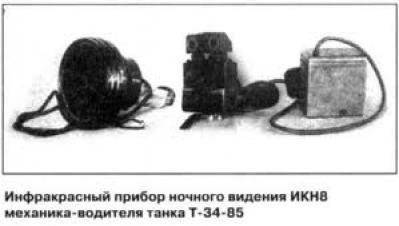
The USSR could not produce another tank, and the Red Army could not fight with other weapons. The conditions of the Eastern Front themselves spoke in favor of T-34 - a terrible bloodbath, where losses were calculated in numbers with many zeros. Complete slaughter in which the life of the tank was often limited by a couple of attacks.
And let the T-34 be weak against a single “Panther”, but the loss in technology will quickly recover supplies from the Ural Tankograd. As for the lives of tankers ... Losses on the Eastern Front were equally high, regardless of the type of vehicles. People were tragically burned in the Panthers, in PzKpfw IV, in the Lend-Lease’s Shermans and in our Thirty-Fours.

Excessively expensive and complex machine that sucked the last forces out of the Reich
Finally, the Panther and the T-34 rarely met each other in combat. Tanks do not fight with tanks, tanks crush enemy infantry and gun emplacements with caterpillars, break through fortifications, support the attackers with fire, shoot congestion of enemy lines and trucks. When solving such problems, the advantage of the Panther over the T-34-85 is not so obvious. And this is at incommensurable cost, laboriousness of production and service!
All this recalls the inexplicable laws of quantum mechanics, where an attempt to consider a single element of the system will give a deliberately absurd result. Indeed, if we take into account only the calibers of the cannon and millimeters of armor, the Sherman Firefly, the German Quartet and the Panther will rise to the pedestal.
Although the first has no share of military glory T-34, and the last two "vundervafli" blew the war.
The main quality of the T-34 is that it was our tank. Created by our standards, as close as possible to the conditions of the Great Patriotic War.
Simplicity and mass won the gloomy German genius.
Photos provided by Kars
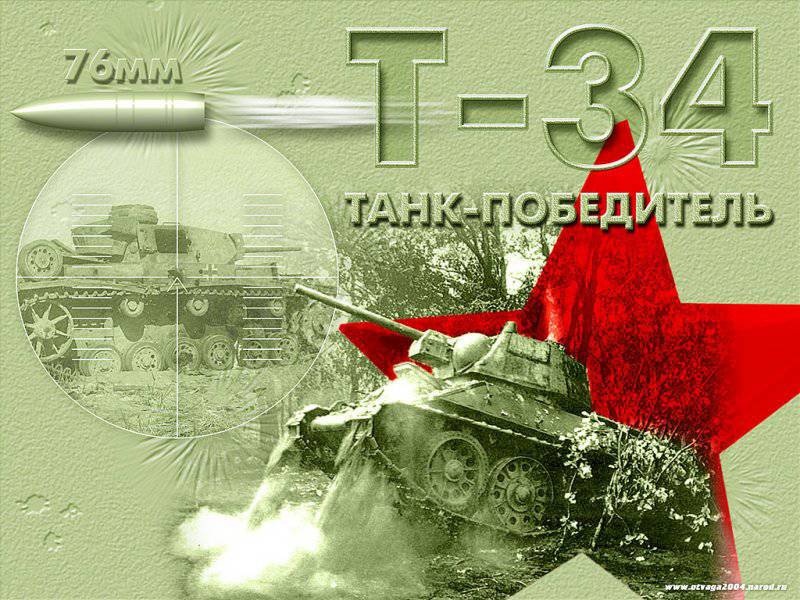
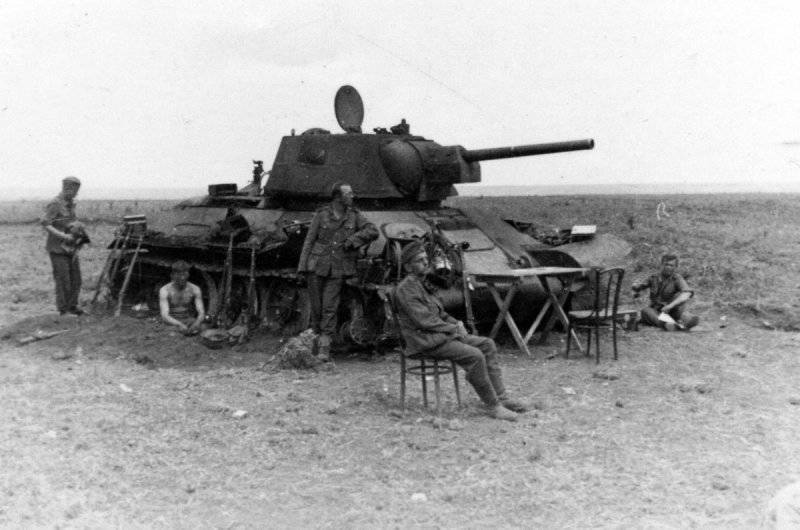
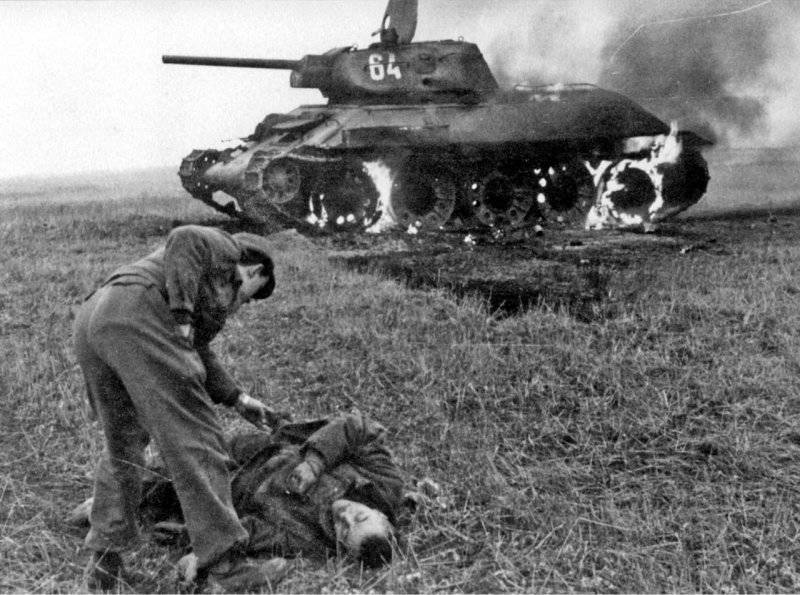
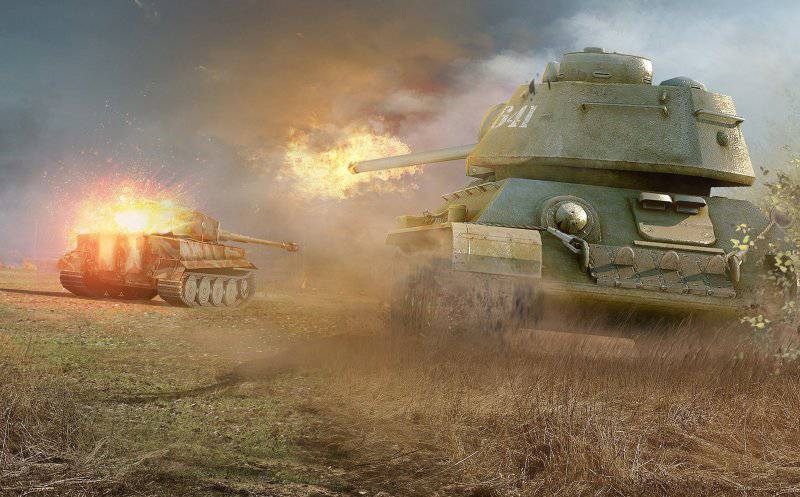
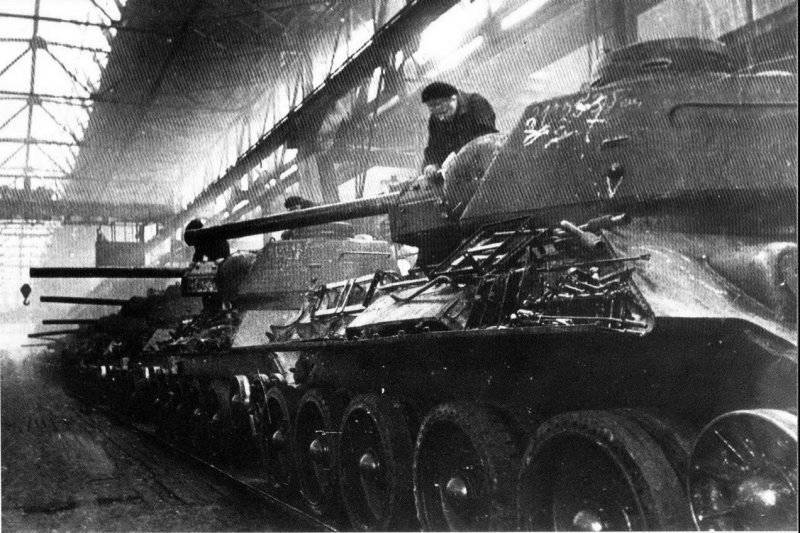
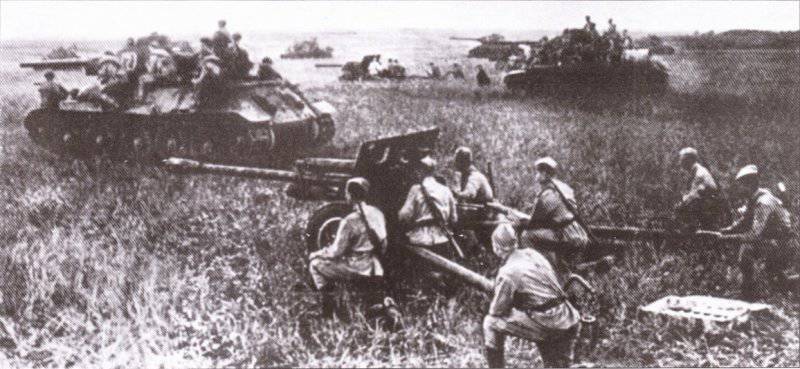
Information